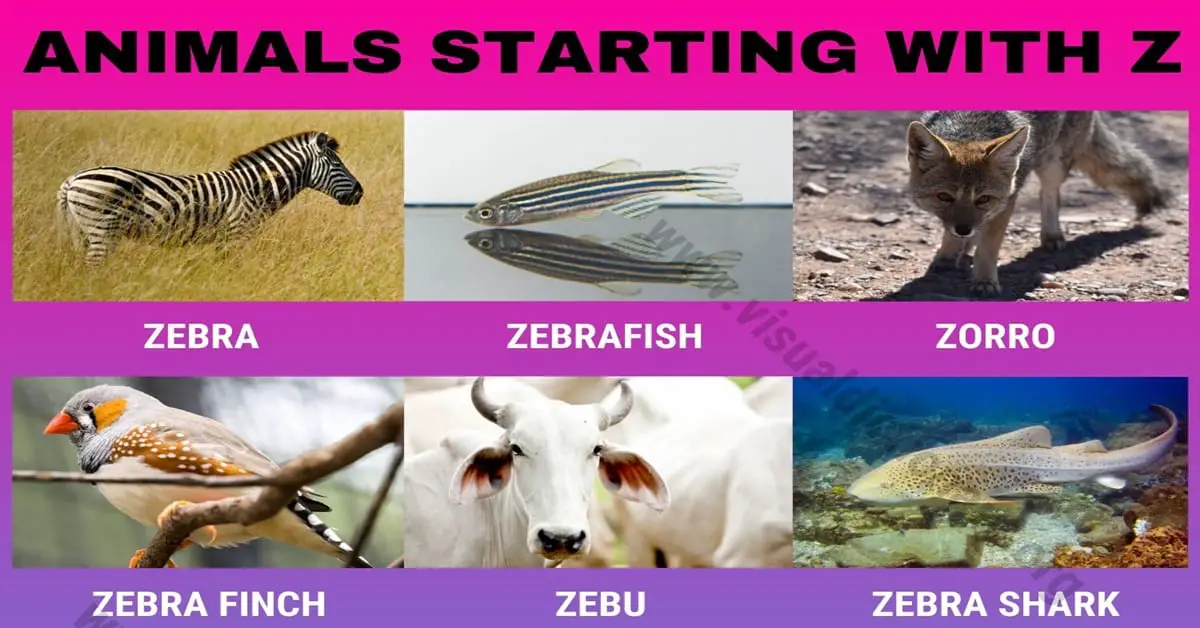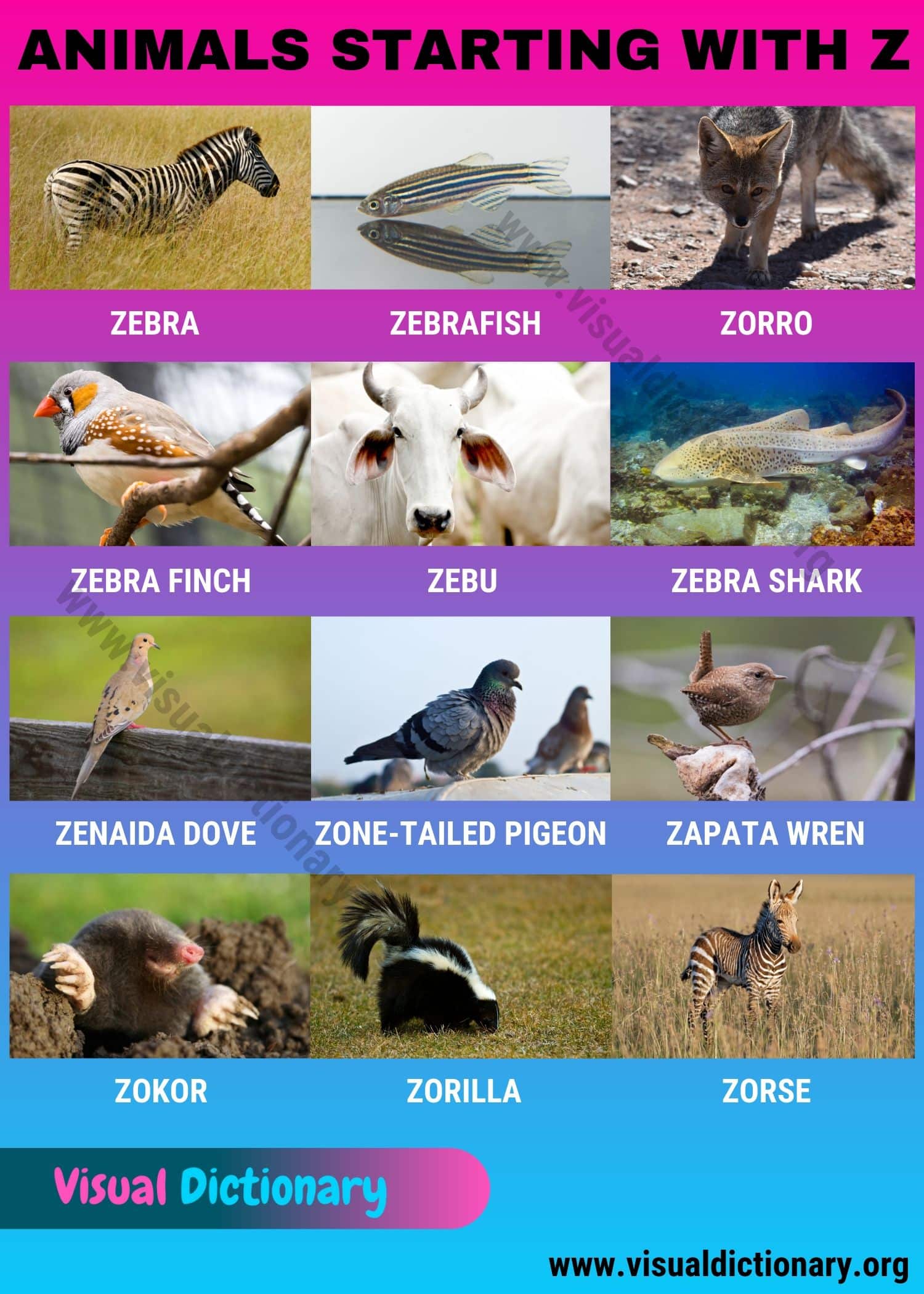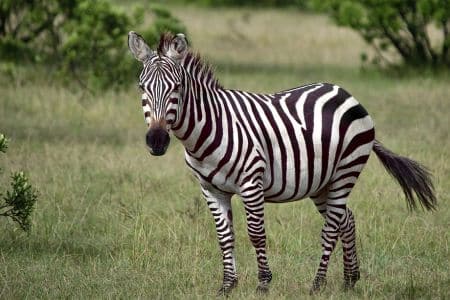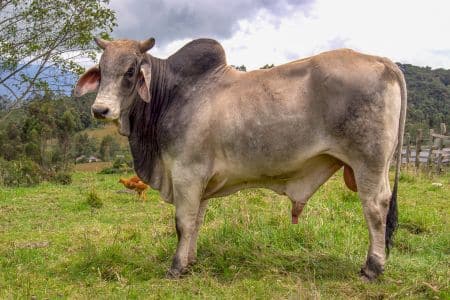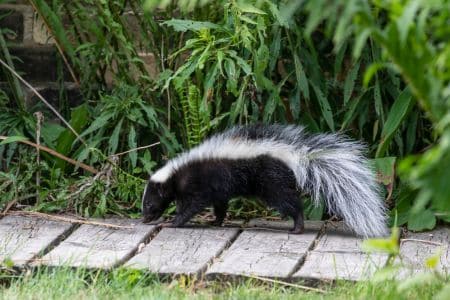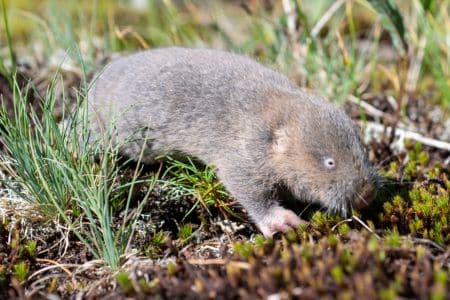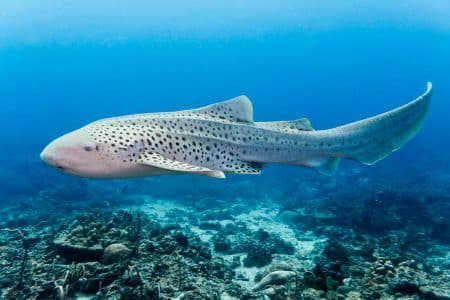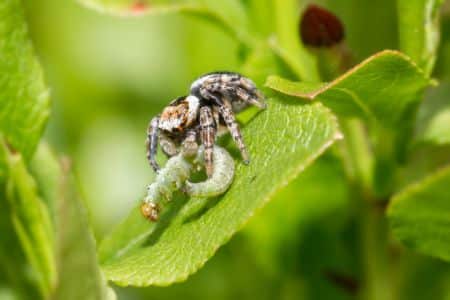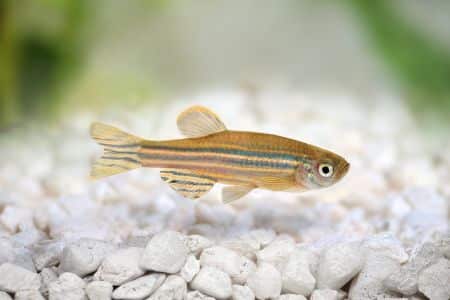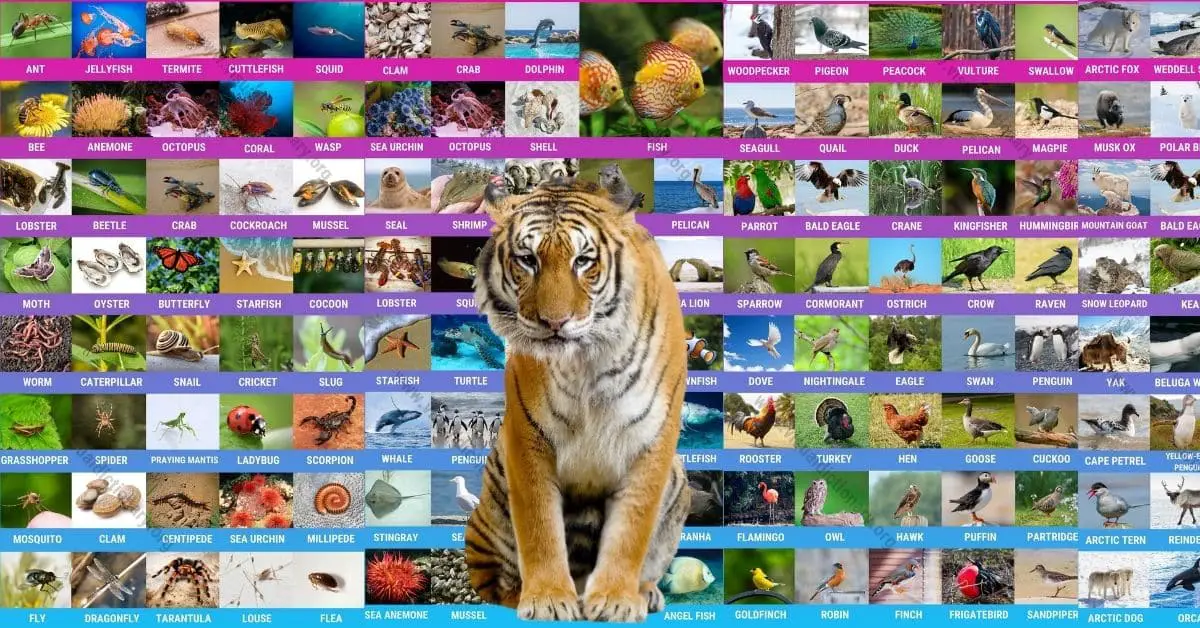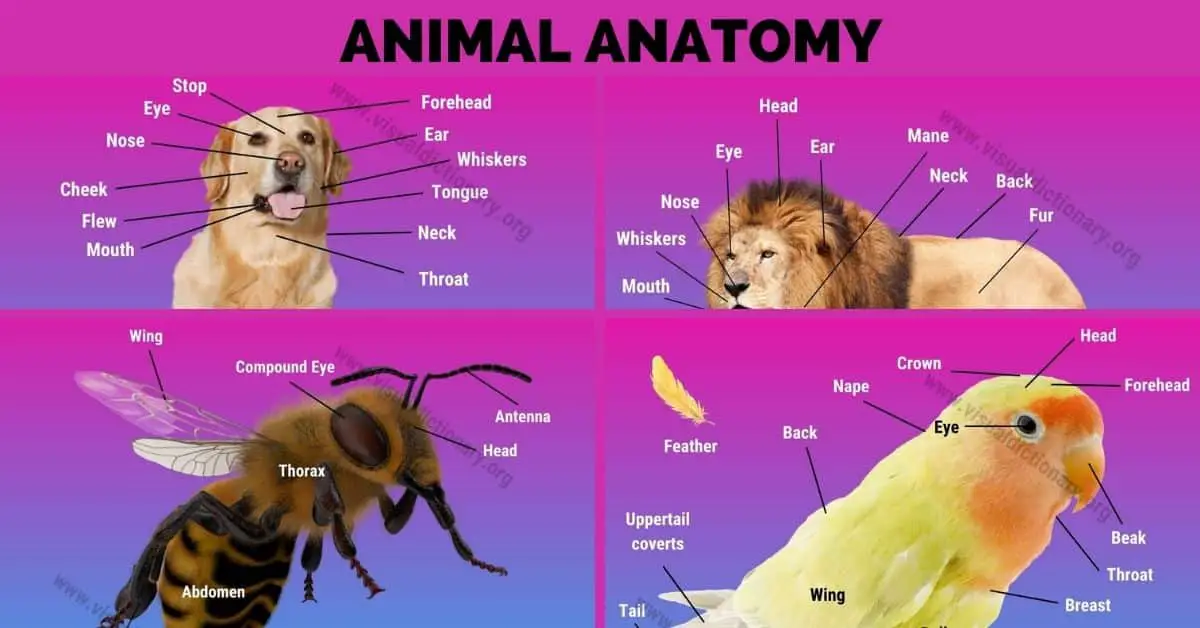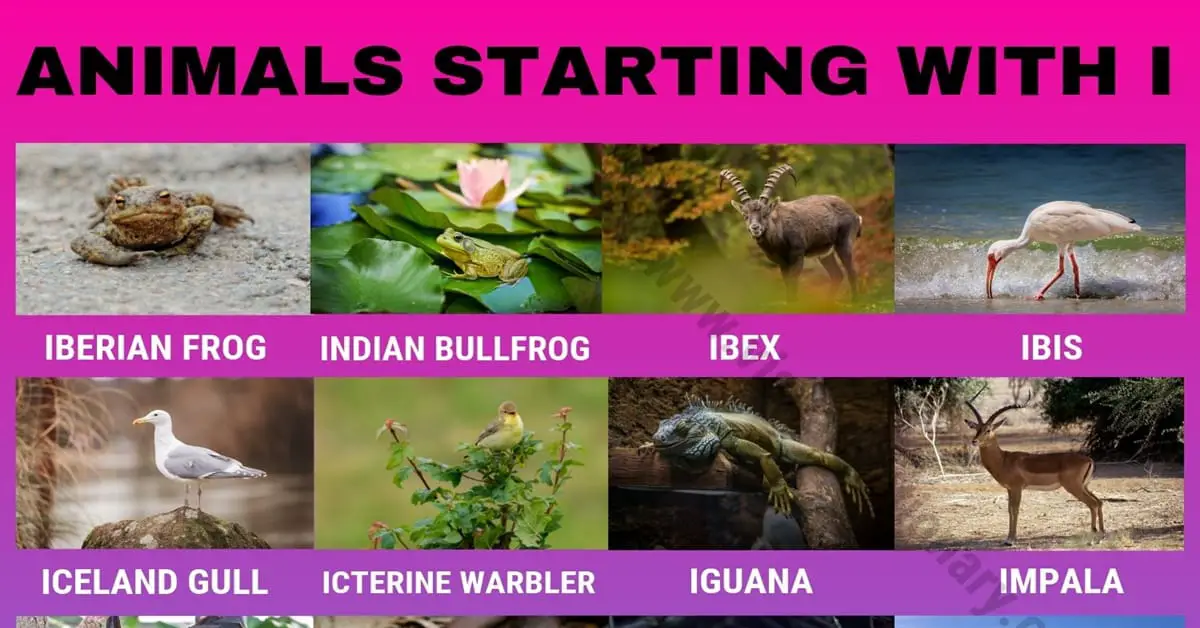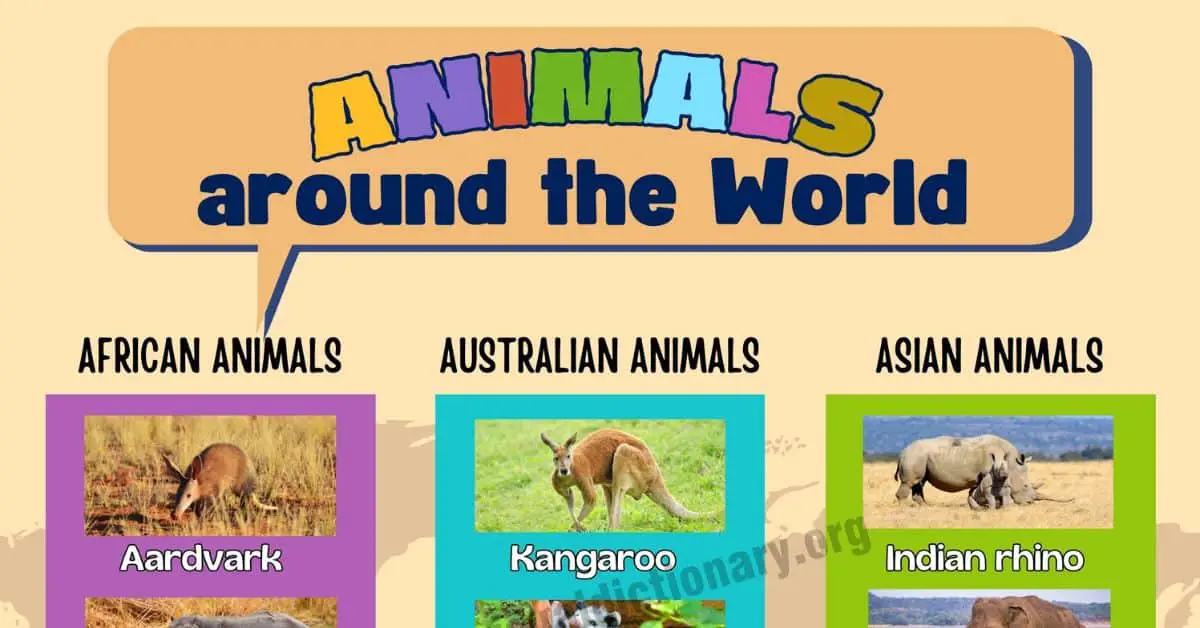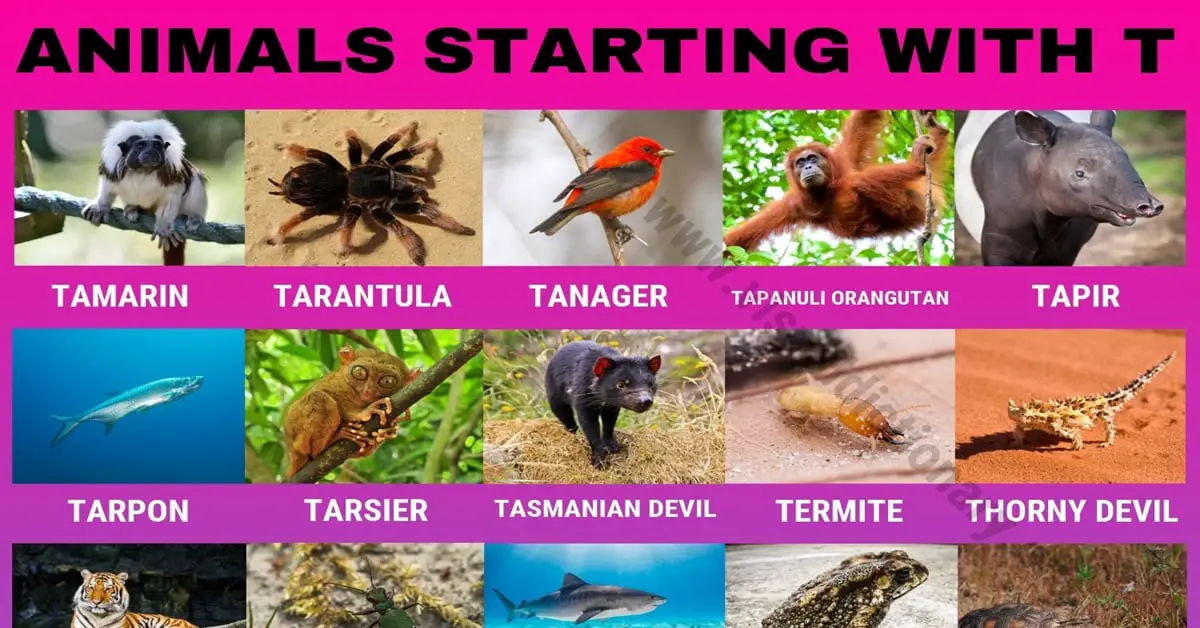Animals that start with Z may not be the most common, but they are certainly fascinating. From the zebra to the zonkey, these animals come in all shapes and sizes, and each has its unique characteristics. Whether you’re a nature enthusiast or just someone who loves learning about animals, this article will provide you with an exciting glimpse into the world of animals that start with Z.
Table of Contents
Animals that Start with Z
Below is a useful list of animals that start with Z. The list will help you improve your English vocabulary about animal names.
- Zebra
- Zebrafish/ Zebra Danio
- Zorro
- Zebra Finch
- Zebu
- Zebra Shark
- Zenaida Dove
- Zone-tailed Pigeon
- Zapata Wren
- Zokor
- Zorilla
- Zorse
Names of Animals that Start with Z
Zebra
Zebra is a type of equid and is easily recognizable by its distinctive black and white stripes. There are three species of zebra: the plains zebra, mountain zebra, and Grevy’s zebra. All three species have slightly different stripe patterns, but they all serve as camouflage and help to confuse predators.
Zebras are herbivores, and their diet consists mainly of grasses, although they will also eat leaves, bark, and stems. They have strong, durable teeth that allow them to grind tough vegetation.
Zebras are social animals and live in groups called herds. These herds typically consist of a dominant male, several females, and their offspring. Zebras communicate with each other through a variety of sounds, including braying, snorting, and barking.
Zebras are native to Africa and can be found in a variety of habitats, including grasslands, savannas, and woodlands. They are well adapted to their environment and are able to withstand long periods without water.
Zebu
Zebu, also known as Bos taurus indicus, is a domesticated breed of cattle that is commonly found in Africa and Asia. They are known for their distinctive hump on their shoulders and their ability to withstand extreme temperatures and drought conditions.
Zebus are commonly used for their milk, meat, and hides. They are also used for plowing fields and transportation. They have a docile temperament and are easy to handle, making them a popular choice for farmers.
Zebus are medium-sized cattle, with an average weight of 350-600 kg. They have a hump on their shoulders, which is made up of muscle and fat. The hump is used as a source of energy and water during times of drought. They also have large, floppy ears that help to regulate their body temperature.
Their coat can vary in color from white to black, with shades of gray and brown in between. They have a short, smooth coat that helps to keep them cool in hot weather.
Zebus are native to tropical jungles and open plains in Africa and Asia. They are well adapted to hot and humid climates and can survive in areas with little access to water. They are primarily herbivores, feeding on grass, seeds, and flowers.
Zorilla
The Zorilla is a small, carnivorous mammal that is native to Africa. It is also known as the African Polecat or Striped Polecat. Despite its name, the Zorilla is not related to the skunk, although it does resemble one in appearance and behavior.
The Zorilla has a slender body with long, black and white stripes running down its back. It has a pointed snout, short legs, and a bushy tail. It is about the size of a domestic cat, weighing around 2-4 pounds.
The Zorilla is a nocturnal animal and is known for its strong, musky odor. It uses this odor as a defense mechanism to deter predators. When threatened, it will lift its tail and spray a foul-smelling liquid from its anal glands.
The Zorilla is a solitary animal and is usually active at night. It feeds on small mammals, birds, reptiles, and insects. It is also known to scavenge for food.
Although the Zorilla is not endangered, it is sometimes hunted for its fur and meat. In some parts of Africa, it is also considered a pest because it preys on poultry.
Zokor
Zokors are burrowing rodents that belong to the family Spalacidae. These animals are found in Asia and Eurasia. Zokors are solitary and territorial animals and are expert diggers, burrowing tunnels hundreds of feet long.
Zokors are nocturnal animals and are most active during the night. They feed on insects and roots. They have sharp incisor teeth that help them cut through roots and loosen soil while digging their burrows.
These animals have a cylindrical body shape, small eyes, and ears. They have short, stocky legs and long claws that are adapted for digging. Zokors have a thick fur coat that helps them survive in their underground burrows.
Zooplankton
Zooplankton are tiny animals that float in the water and are unable to swim against the current. They are an essential part of the aquatic ecosystem and play a vital role in the food chain. These animals are found in oceans, rivers, lakes, and other water bodies where they feed on phytoplankton and other zooplankton.
There are different types of zooplankton, including holoplankton and meroplankton. Holoplankton spends their entire life cycle as plankton, while meroplankton only spends a part of their life cycle as plankton. Some of the most common types of zooplankton include crustaceans, mollusks, and jellyfish.
Zooplankton is a significant food source for larger aquatic animals, including fish, whales, and birds. They are also used in scientific research as an indicator of water quality and ecosystem health. Zooplankton populations can be affected by changes in water temperature, pollution, and other environmental factors.
Zebra Shark
The zebra shark (Stegostoma fasciatum) is a species of carpet shark and is also known as the leopard shark. It is found in the Indo-Pacific region, from South Africa to the Red Sea and from the Persian Gulf to western Indonesia. The zebra shark is a bottom-dwelling shark that inhabits coral reefs, sandy flats, and seagrass beds.
The zebra shark gets its name from the distinctive stripes on its body, which disappear as the shark matures. Adult zebra sharks are typically brown or gray with small white spots. They can grow up to 2.5 meters (8.2 feet) in length and can weigh up to 35 kilograms (77 pounds).
Zebra sharks are nocturnal and feed on a variety of prey, including crustaceans, mollusks, and small fish. They use their long, slender bodies to navigate through narrow crevices and tight spaces in search of food.
Zebra Spider
The zebra spider, also known as Salticus scenicus, is a small jumping spider that belongs to the Salticidae family. These spiders are commonly found in gardens, fields, and forests throughout Europe and North America. They are known for their unique black and white striped pattern, which resembles that of a zebra, hence their name.
The zebra spider is a small spider, typically measuring around 5-7mm in length. They have a distinctive black and white striped pattern on their body, with the black stripes being thicker than the white ones. The legs of the zebra spider are long and slender, allowing them to jump up to six times their body length.
Zebra spiders are active hunters, using their excellent eyesight to track and catch their prey. They have been known to feed on a variety of insects, including flies, moths, and other spiders. These spiders are also known for their unique courtship behavior, where the male performs a complex dance to attract a female.
Zebra spiders are commonly found in gardens, fields, and forests throughout Europe and North America. They prefer to live in areas with plenty of vegetation, where they can hunt for prey and hide from predators. These spiders are also known to inhabit human-made structures such as buildings and walls.
Zigzag Salamander
The Zigzag Salamander is a small, dark-colored salamander that belongs to the Plethodon family. It is typically found in the eastern part of the United States, particularly in the Appalachian Mountains. This species gets its name from the red or orangish wavy pattern, or “zigzag,” extending from the neck down the back to the base of the tail where it straightens out.
The Zigzag Salamander is a terrestrial species, meaning it spends most of its life on land, but it also requires a moist environment to survive. It can be found in damp areas such as under logs, rocks, and leaves, and near streams, springs, and seeps. This species is also known to climb trees and shrubs to feed on insects and other small invertebrates.
The Zigzag Salamander is a relatively small species, measuring between 2.5 to 3.5 inches in length. It has a slender body and a long tail, which it uses for balance and agility. This species has four toes on its front feet and five toes on its back feet, each with small, rounded toe pads that help it grip surfaces.
Zebrafish
Zebrafish, also known as zebra danios, are small freshwater fish that are native to South Asia. They are a popular aquarium fish due to their hardiness, ease of care, and vibrant coloration.
Zebrafish are also widely used in scientific research as a model organism for studying vertebrate development, genetics, and disease. They are particularly useful because they have a short generation time, produce large numbers of offspring, and are transparent during early development, allowing researchers to easily observe and manipulate their internal organs.
In the wild, zebrafish are omnivorous and feed on small invertebrates, algae, and other plant matter. In captivity, they can be fed a variety of commercial fish foods, as well as live or frozen brine shrimp, bloodworms, and other small aquatic organisms.
Zebrafish are social animals and should be kept in groups of at least five individuals. They prefer a well-planted aquarium with plenty of hiding places and open swimming areas. They can tolerate a wide range of water conditions, but prefer slightly acidic to neutral water with a temperature range of 75-82°F.
List of Animals A to Z
FAQs on Animals that Start with Z
What are some wild animals that start with Z?
Some wild animals that start with Z include the zebra, zebu, zorilla, zorro, and zebra finch. These animals can be found in various regions around the world, from Africa to South America.
What are some African animals that start with Z?
Some African animals that start with Z include the zebra, zebra duiker, zorilla, and zebu. These animals are native to different parts of Africa and have adapted to their unique habitats.
What are some mammals that start with the letter Z?
Some mammals that start with the letter Z include the zebra, zebra duiker, zorilla, zebu, and zonkey. These mammals are diverse in their characteristics and can be found in different parts of the world.
What is a desert animal that starts with the letter Z?
The zebra-tailed lizard is a desert animal that starts with the letter Z. This lizard is found in the southwestern United States and is known for its unique tail, which resembles a zebra’s stripes.
What are some cute animals that start with Z?
Some cute animals that start with Z include the zebra, zebra finch, and zonkey. These animals have unique characteristics that make them adorable and interesting to observe.
